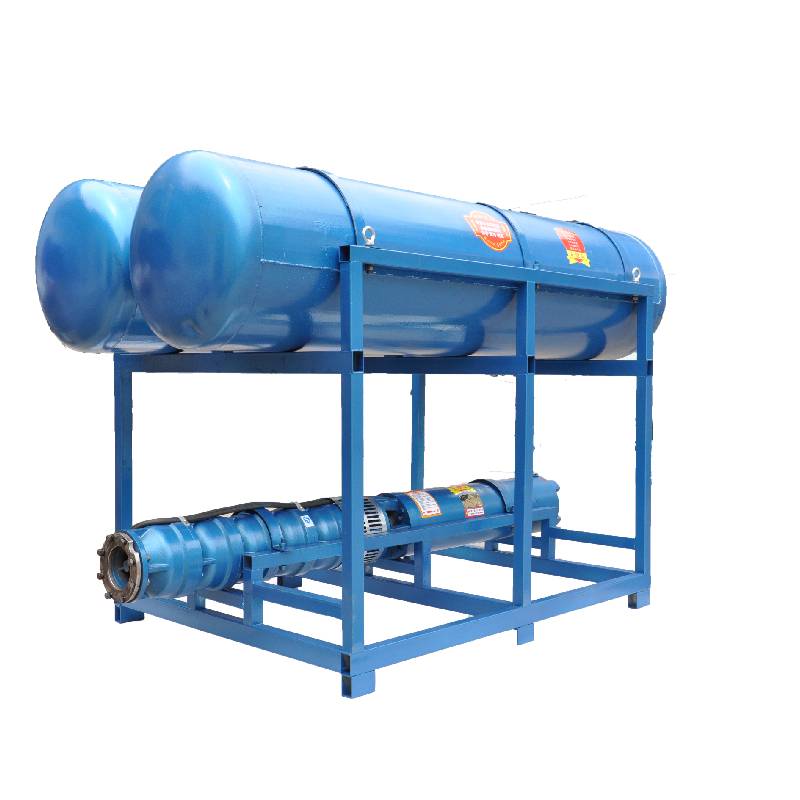កញ្ញា . 10, 2024 05:35 Back to list
Submersible Pump Repair Services | Expert Solutions for Efficient Performance
Submersible Pump Repair Essential Tips and Guidelines
Submersible pumps are vital components in various applications, including groundwater extraction, wastewater management, and industrial processes. These pumps are designed to operate underwater and can be susceptible to wear and tear due to their challenging working conditions. Regular maintenance and timely repairs are crucial to ensure optimal performance and extend the lifespan of these pumps. Here are some essential tips and guidelines for submersible pump repair.
First and foremost, it is important to identify the signs of malfunction. Some common issues that may indicate the need for repair include unusual noises, reduced efficiency, frequent tripping of the circuit breaker, and visible leaks. If you notice any of these symptoms, it is advisable to shut down the pump to prevent further damage.
The first step in the repair process is to remove the pump from the well or the tank. This process requires careful handling to avoid damaging the power cables or the pump itself. Always disconnect the electricity supply before attempting any repairs. Once removed, inspect the pump for obvious signs of wear, such as corrosion, cracks, or damage to the impeller.
Cleaning is often a necessary part of the repair process. Debris, sediments, and mineral buildup can hinder the pump’s operation. Use a non-corrosive cleaner and a soft brush to clean the pump’s exterior. For internal components, follow the manufacturer’s instructions for disassembly and cleaning.
submersible pump repair

After cleaning, check the electrical components. Inspect the wiring for any frays or signs of water damage, and ensure that all electrical connections are secure. Replacing damaged wires or connectors is critical for the safe operation of the pump.
Next, focus on the mechanical components. Examine the impeller and diffuser for damage, as these parts are crucial for the pump’s efficiency. If any parts are worn out, it is best to replace them with original manufacturer parts to ensure compatibility and reliability.
Finally, reassemble the pump, ensuring all seals and fittings are secure to prevent leaks. Once reassembled, it is essential to conduct a test run to check for proper operation. Monitor the pump closely during the initial run to identify any lingering issues.
In conclusion, submersible pump repair demands attention to detail and a systematic approach. By understanding the common issues, performing regular maintenance, and addressing repairs promptly, you can maintain the efficiency and longevity of your submersible pump, ensuring that it continues to serve its essential functions effectively.
-
Submersible Water Pump: The Efficient 'Power Pioneer' of the Underwater World
NewsJul.01,2025
-
Submersible Pond Pump: The Hidden Guardian of Water Landscape Ecology
NewsJul.01,2025
-
Stainless Well Pump: A Reliable and Durable Pumping Main Force
NewsJul.01,2025
-
Stainless Steel Submersible Pump: An Efficient and Versatile Tool for Underwater Operations
NewsJul.01,2025
-
Deep Well Submersible Pump: An Efficient 'Sucker' of Groundwater Sources
NewsJul.01,2025
-
Deep Water Well Pump: An Efficient 'Sucker' of Groundwater Sources
NewsJul.01,2025
-
 Submersible Water Pump: The Efficient 'Power Pioneer' of the Underwater WorldIn the field of hydraulic equipment, the Submersible Water Pump has become the core equipment for underwater operations and water resource transportation due to its unique design and excellent performance.Detail
Submersible Water Pump: The Efficient 'Power Pioneer' of the Underwater WorldIn the field of hydraulic equipment, the Submersible Water Pump has become the core equipment for underwater operations and water resource transportation due to its unique design and excellent performance.Detail -
 Submersible Pond Pump: The Hidden Guardian of Water Landscape EcologyIn courtyard landscapes, ecological ponds, and even small-scale water conservancy projects, there is a silent yet indispensable equipment - the Submersible Pond Pump.Detail
Submersible Pond Pump: The Hidden Guardian of Water Landscape EcologyIn courtyard landscapes, ecological ponds, and even small-scale water conservancy projects, there is a silent yet indispensable equipment - the Submersible Pond Pump.Detail -
 Stainless Well Pump: A Reliable and Durable Pumping Main ForceIn the field of water resource transportation, Stainless Well Pump has become the core equipment for various pumping scenarios with its excellent performance and reliable quality.Detail
Stainless Well Pump: A Reliable and Durable Pumping Main ForceIn the field of water resource transportation, Stainless Well Pump has become the core equipment for various pumping scenarios with its excellent performance and reliable quality.Detail
